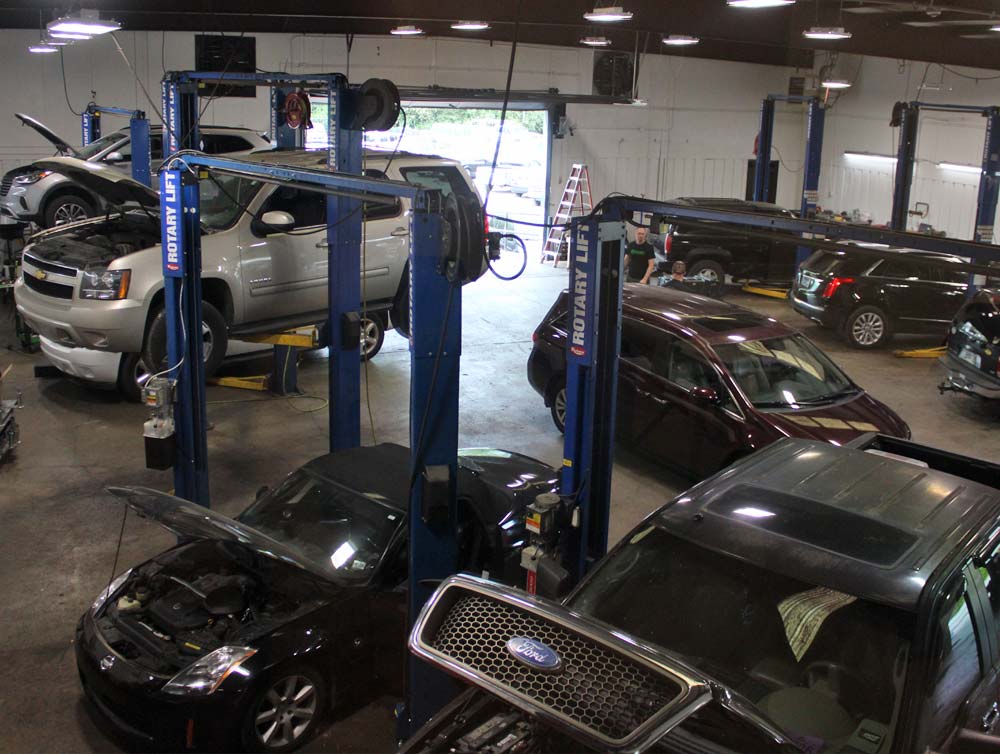Tune Up Services
Tune Ups
Tune-Up Services in Franklin, TN, and Surrounding Areas
Vehicle Tune-Up Near Me
Serving Franklin, Cool Springs, Brentwood, Spring Hill, Columbia, and Leipers Fork
Regular tune-ups are essential for maintaining your vehicle’s performance, fuel efficiency, and longevity. At Reliable Automotive, we offer comprehensive tune-up services for all types of vehicles, from sedans like the Hyundai Elantra to trucks like the Chevrolet Silverado and SUVs like the Jeep Grand Cherokee. Whether your engine is running rough or your fuel economy is suffering, our experienced technicians will give your vehicle the care it needs.
Call or visit us in Franklin, TN for tire repairs, new tire installation, or a TPMS check. Reliable Automotive is here to keep you safe and confident on the road.

Enjoy free WiFi while you wait for your vehicle to be repaired.

We offer free pickup and delivery within 8 miles of our shop.

Drop off your vehicle even after we are closed with our key drop.
Signs Your Vehicle Needs a Tune-Up
Over time, normal wear and tear can affect your vehicle’s performance. Common symptoms that indicate it’s time for a tune-up include:
- Rough idling or stalling
- Decreased fuel efficiency
- Engine misfires or difficulty starting
- Sluggish acceleration or loss of power
If you’re experiencing any of these issues, it’s a good idea to schedule a tune-up to keep your engine running smoothly.
What’s Included in a Tune-Up?
Our comprehensive tune-up services are designed to address all aspects of engine performance. Services we provide include:
- Replacing spark plugs and ignition components
- Checking and cleaning the fuel injection system
- Inspecting and replacing air and fuel filters
- Adjusting timing and idle settings as needed
We tailor our tune-ups to your vehicle’s specific needs, ensuring optimal performance and efficiency.
Benefits of a Regular Tune-Up
Keeping up with regular tune-ups can help you avoid costly repairs and keep your vehicle running at its best. Key benefits include:
- Improved fuel economy
- Smoother and more responsive engine performance
- Extended engine life
Our expert team will make sure your vehicle is tuned to perfection, giving you peace of mind on the road.

best auto service
Why Choose Reliable Automotive for Tune-Ups?
- Customized Care: We provide tune-ups tailored to your vehicle’s make and model, whether you drive a Hyundai, Chevrolet, or Jeep.
- Experienced Technicians: Our team has extensive experience in engine maintenance and performance optimization, ensuring your vehicle runs smoothly.
- Local Convenience: Serving Franklin, Cool Springs, Brentwood, Spring Hill, Columbia, and Leipers Fork, we’re committed to providing top-notch service to our community.